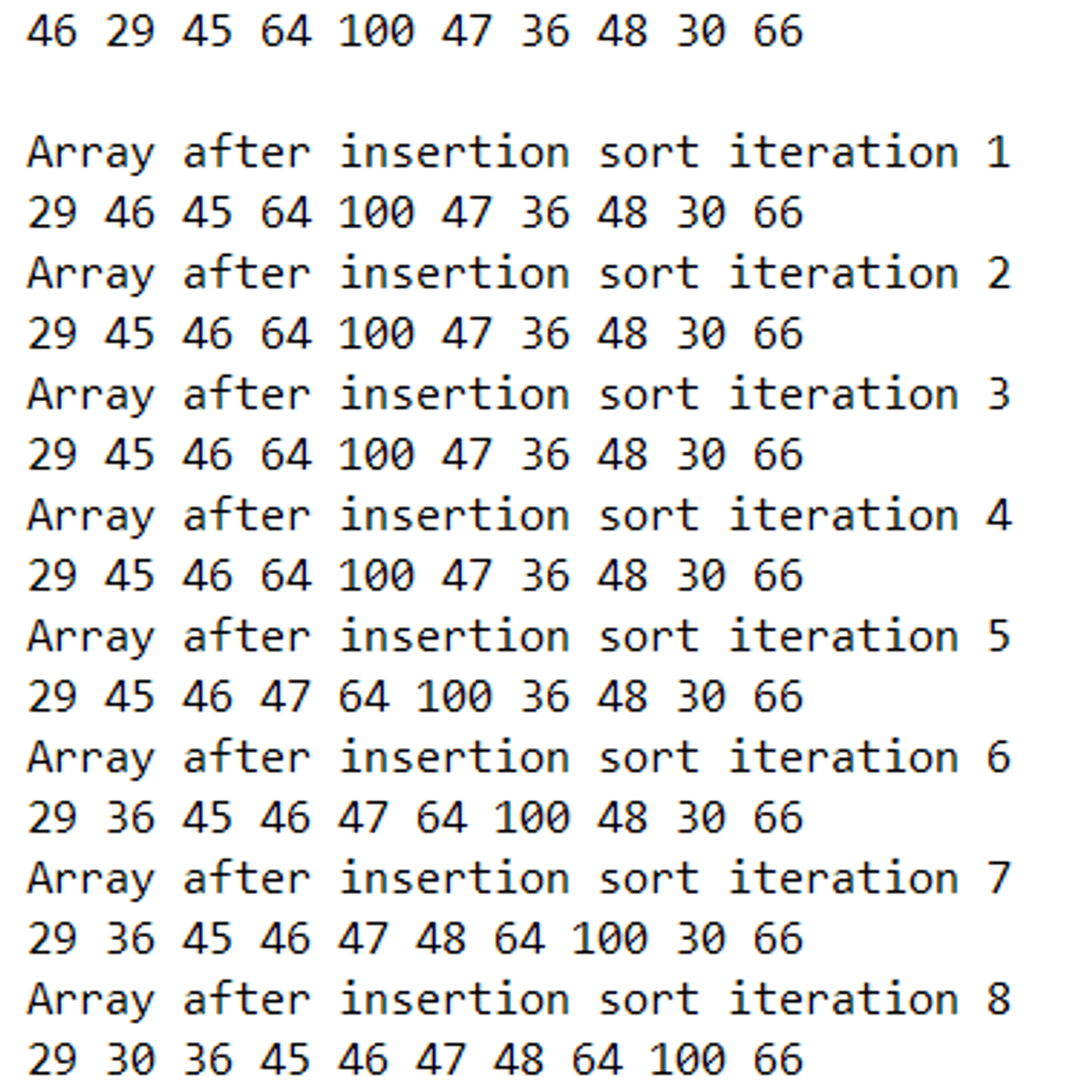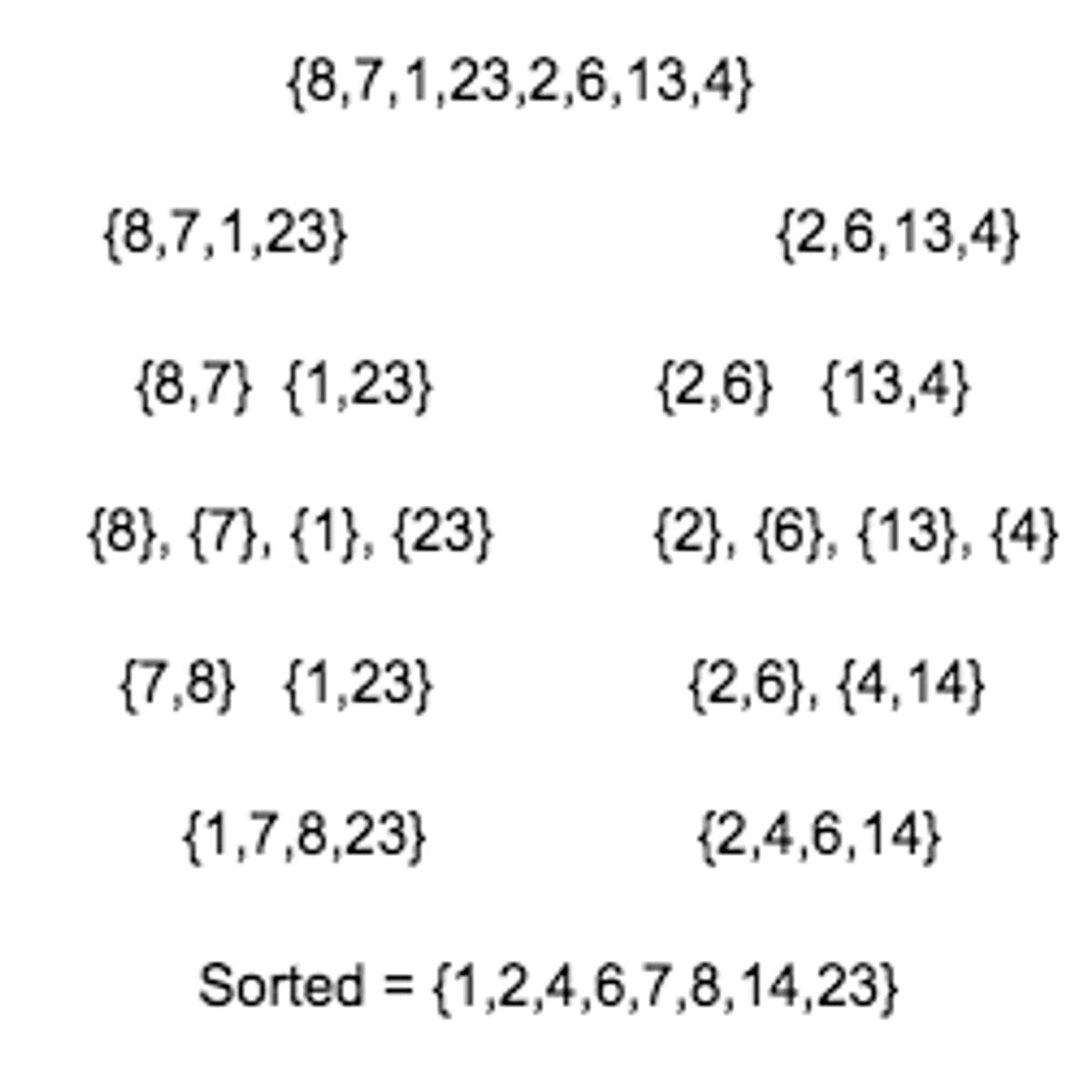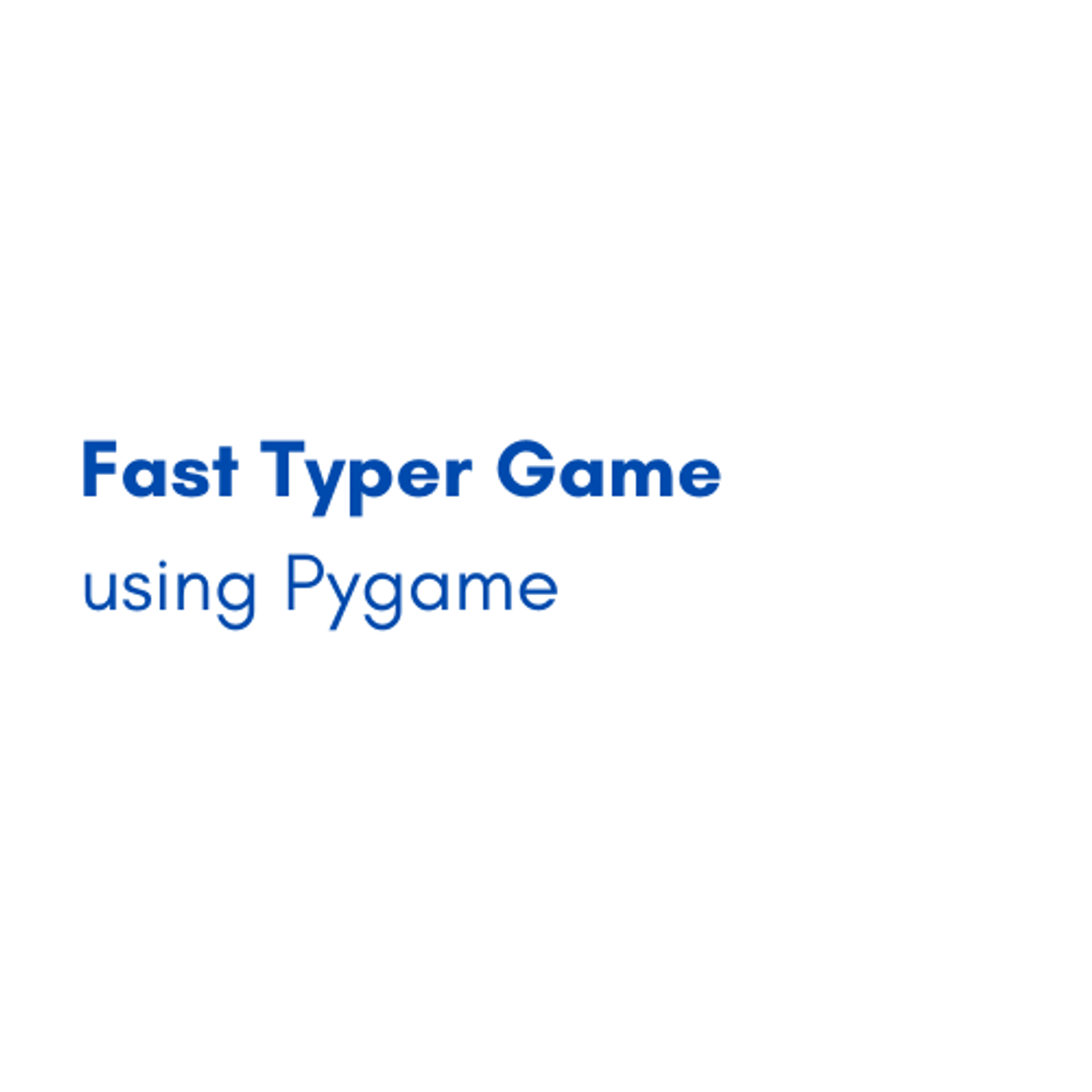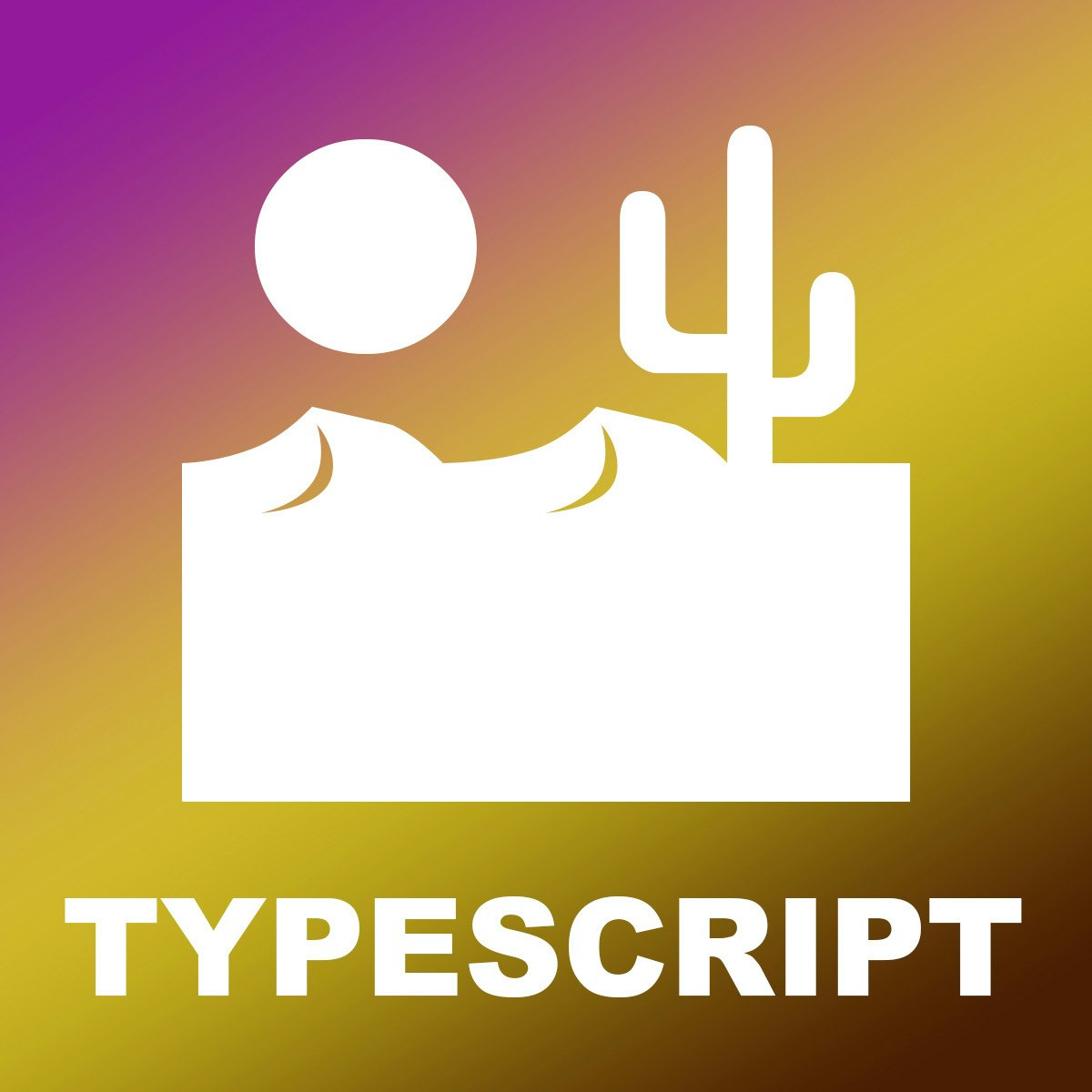Back to Courses









Algorithms Courses - Page 31
Showing results 301-310 of 326

GUI Programming: Create a Login System in Python
By the end of this guided project, you’ll be able to create a login system using python’s popular library Tkinter. You’ll learn how to create a Graphical User Interface (GUI) in Python from the scratch. You’ll learn how to create windows, labels, entry boxes and buttons. You’ll learn how to extract data from the entry boxes. You’ll learn how to change color, size orientation of most of Tkinter’s widgets. You’ll learn how to add functionality to the buttons. You’ll be capable of manipulating text files by writing, reading, appending and creating them.
Out of all the GUI methods in Python, Tkinter is the most commonly used method. Python with Tkinter is the fastest and easiest way to create GUI applications. Tkinter widgets can be used to construct buttons, menus, data fields, etc. in a Python application. Once created, these graphical elements can be associated with or interact with features, functionality, methods, data or even other widgets.
Note: This course works best for learners who are based in the North America region. We’re currently working on providing the same experience in other regions.

Develop Clustering Models with Azure ML Designer
This is an intermediate project on creating clustering models in Azure Machine Learning Studio. Familiarity with any Web Browser and navigating Windows Desktop is assumed. Some background knowledge on Machine Learning or Cloud computing is beneficial but not required to complete this project. Understanding how platform services in the cloud work and how machine learning algorithms function would be of great help in understanding better what we are executing in this guided project. Some minimal data engineering and data scientist knowledge is required.
This guided project has the aim to demonstrate how you can create Machine Learning models by using the out-of-the-box solutions that Azure offers, by just using these services as-is, on your own data.
The main focus is on the data and how this is being used by the services.
As this project is based on Azure technologies, an Azure subscription is required. The project also outlines a step where an Azure subscription will be created and for this, the following items are required: a valid phone number, a credit card, and a GitHub or Microsoft account username.
The series of tasks will mainly be carried out using a web browser.
If you enjoy this project, we recommend taking the Microsoft Azure AI Fundamentals AI-900 Exam Prep Specialization: https://www.coursera.org/specializations/microsoft-azure-ai-900-ai-fundamentals

Sort students marks using bubble and insertion algorithms
The learner will create two sorting algorithms in Java programming language. The learner will create an optimised bubble sort function that sorts students' marks in ascending order by repeatedly swapping adjacent elements within an array if they are in the wrong order. The learner will also create an insertion sort function that sorts students' marks in ascending order by building a sorted array, one element at a time.

Arrange student marks using Merge Sort algorithm
In this project, the learner will use Java programming language to create user-defined methods to recursively and iteratively implement a merge sort algorithm to arrange an array of integers in ascending order, and also sort student marks entered by the user.

Fast Typer Game using Pygame
By the end of this project, you will create a fully functioning 2 player jet fighters game using Pygame in Microsoft Visual Studio Code. This project will give you a great head start towards learning more and mastering one of the most used programming languages in the world. In this project you will be able to identify and apply many basic fundamentals such as data structures, variables, loops etc. and create a GUI with dynamic labels. Learning and understanding Pygame in Python will help you progress in the programming field by creating simple Python applications.
Note: This course works best for learners who are based in the North America region. We’re currently working on providing the same experience in other regions.

Neural Style Transfer with TensorFlow
In this 2-hour long project-based course, you will learn the basics of Neural Style Transfer with TensorFlow. Neural Style Transfer is a technique to apply stylistic features of a Style image onto a Content image while retaining the Content's overall structure and complex features. We will see how to create content and style models, compute content and style costs and ultimately run a training loop to optimize a proposed image which retains content features while imparting stylistic features from another image.
This course runs on Coursera's hands-on project platform called Rhyme. On Rhyme, you do projects in a hands-on manner in your browser. You will get instant access to pre-configured cloud desktops containing all of the software and data you need for the project. Everything is already set up directly in your internet browser so you can just focus on learning. For this project, you’ll get instant access to a cloud desktop with Python, Jupyter, and Tensorflow pre-installed.
Note: This course works best for learners who are based in the North America region. We’re currently working on providing the same experience in other regions.

Deploy Microservices using Spring Cloud Framework
By the end of this project you will use the Spring Cloud Framework to deploy a pair of microservices that will be used to inject random numbers into math quiz questions.
Microservices are simply a set of small applications that communicate with one another to create an application. The advantages of using Microservices is that they are quick to develop and test. In addition, they scale well when demand increases for one part of the application, and they are easier to maintain since each Microservice is not strongly coupled to the other.
Note: This course works best for learners who are based in the North America region. We’re currently working on providing the same experience in other regions.

Unsupervised Learning, Recommenders, Reinforcement Learning
In the third course of the Machine Learning Specialization, you will:
• Use unsupervised learning techniques for unsupervised learning: including clustering and anomaly detection.
• Build recommender systems with a collaborative filtering approach and a content-based deep learning method.
• Build a deep reinforcement learning model.
The Machine Learning Specialization is a foundational online program created in collaboration between DeepLearning.AI and Stanford Online. In this beginner-friendly program, you will learn the fundamentals of machine learning and how to use these techniques to build real-world AI applications.
This Specialization is taught by Andrew Ng, an AI visionary who has led critical research at Stanford University and groundbreaking work at Google Brain, Baidu, and Landing.AI to advance the AI field.
This 3-course Specialization is an updated and expanded version of Andrew’s pioneering Machine Learning course, rated 4.9 out of 5 and taken by over 4.8 million learners since it launched in 2012.
It provides a broad introduction to modern machine learning, including supervised learning (multiple linear regression, logistic regression, neural networks, and decision trees), unsupervised learning (clustering, dimensionality reduction, recommender systems), and some of the best practices used in Silicon Valley for artificial intelligence and machine learning innovation (evaluating and tuning models, taking a data-centric approach to improving performance, and more.)
By the end of this Specialization, you will have mastered key concepts and gained the practical know-how to quickly and powerfully apply machine learning to challenging real-world problems. If you’re looking to break into AI or build a career in machine learning, the new Machine Learning Specialization is the best place to start.

Add Web Reviews with Advanced TypeScript
In this 1.5-hour guided project, you will learn about more advanced types in TypeScript by extending a sample park review website and displaying visitors’ star ratings and comments. At the end of this class you will have a deeper understanding of advanced types in TypeScript and use it to make your code better organized and bug-resistant.
Topics covered: TypeScript configuration file, union type, discriminated union type, tuple type, and generics types.
Prerequisite: Basic to intermediate level of TypeScript. Basic HTML and DOM.

C Programming: Pointers and Memory Management - 4
In this course, we will examine a key concept, foundational to any programming language: the usage of memory.
This course builds upon the basic concept of pointers, discussed in C Programming: Modular Programming and Memory Management, and introduces the more advanced usage of pointers and pointer arithmetic. Arrays of pointers and multidimensional arrays are addressed, and you will learn how to allocate memory for your own data during program execution. This is called dynamic memory allocation at runtime using pointers.
Within moments you will be coding hands-on in a browser tool developed for this course, receiving instant feedback on your code. No need to install anything!
Why learn C and not another programming language? Did you know that smartphones, your car’s navigation system, robots, drones, trains, and almost all electronic devices have some C-code running under the hood? C is used in any circumstance where speed and flexibility are important, such as in embedded systems or high-performance computing.
In this course, you will also gain experience with programming concepts that are foundational to any programming language.
At the end of this course, you will reach the fourth milestone in the C Programming with Linux Specialization, unlocking the door to a career in computer engineering.
Your job Outlook:
- Programmers, developers, engineers, managers, and related industries within scientific computing and data science;
- Embedded systems such as transportation, utility networks, and aerospace;
- Robotics industry and manufacturing;
- IoT (Internet of Things) used in smart homes, automation, and wearables.
- IEEE, the world’s largest technical professional organization for the advancement of technology, ranks C as third of the top programming languages of 2021 in demand by employers. (Source: IEEE Spectrum)
This course has received financial support from the Patrick & Lina Drahi Foundation.
Popular Internships and Jobs by Categories
Find Jobs & Internships
Browse
© 2024 BoostGrad | All rights reserved